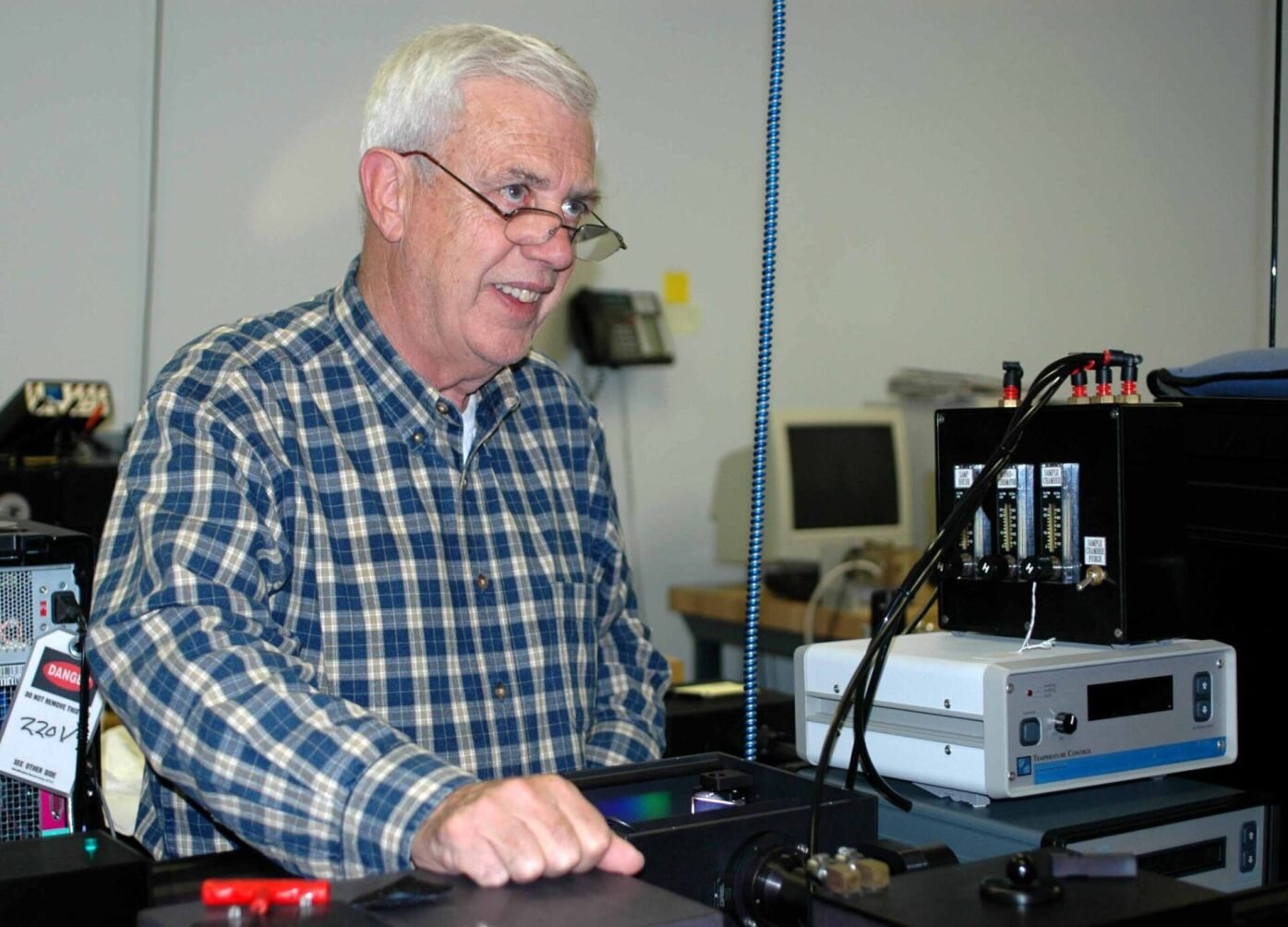The Basic Principles Of Circularly Polarized Luminescence
The Basic Principles Of Circularly Polarized Luminescence
Blog Article
Fascination About Uv/vis/nir
Table of ContentsNot known Facts About Circular Dichroism6 Easy Facts About Circular Dichroism ExplainedThe Buzz on Uv/visSome Ideas on Uv/vis You Should KnowSome Known Details About Uv/vis

Spectrophotometry is a tool that hinges on the quantitative analysis of particles depending on how much light is soaked up by colored compounds.
Circular Dichroism Fundamentals Explained
A spectrophotometer is typically utilized for the measurement of transmittance or reflectance of services, transparent or opaque solids, such as polished glass, or gases. Lots of biochemicals are colored, as in, they take in visible light and therefore can be measured by colorimetric treatments, even colorless biochemicals can frequently be converted to colored substances suitable for chromogenic color-forming responses to yield substances suitable for colorimetric analysis.: 65 However, they can likewise be designed to determine the diffusivity on any of the noted light ranges that generally cover around 2002500 nm using various controls and calibrations.
An example of an experiment in which spectrophotometry is used is the decision of the equilibrium constant of a service. A certain chemical response within a service might take place in a forward and reverse instructions, where reactants form items and items break down into reactants. At some point, this chain reaction will reach a point of balance called an equilibrium point.
Circularly Polarized Luminescence Can Be Fun For Everyone
The quantity of light that passes through the service is a sign of the concentration of certain chemicals that do not enable light to go through. The absorption of light is due to the interaction of light with the electronic and vibrational modes of particles. Each type of particle has a private set of energy levels associated with the makeup of its chemical bonds and nuclei and therefore will take in light of specific wavelengths, or energies, leading to special spectral homes.
Making use of spectrophotometers spans numerous clinical fields, such as physics, products science, chemistry, biochemistry. circular dichroism, chemical engineering, and molecular biology. They are commonly used in many markets consisting of semiconductors, laser and optical manufacturing, printing and forensic evaluation, along with in laboratories for the study of chemical compounds. Spectrophotometry is typically utilized in measurements of enzyme activities, decisions of protein concentrations, determinations of enzymatic kinetic constants, and measurements of ligand binding reactions.: 65 Ultimately, a spectrophotometer has the ability to determine, depending upon the control or calibration, what substances exist in a target and precisely how much through computations of observed wavelengths.
This would come as a service to the previously created spectrophotometers which were unable to soak up the ultraviolet properly.
Not known Incorrect Statements About Circularly Polarized Luminescence
It would be discovered that this did not offer satisfactory outcomes, therefore in Design B, there was a shift from a glass to a quartz prism which permitted for better absorbance outcomes - UV/Vis/NIR (https://www.cgmimm.com/arts-entertainment/olis-clarity). From there, Model C was born with a change to the wavelength resolution which wound up having 3 systems of it produced
It was produced from 1941 to 1976 where the cost for it in 1941 was US$723 (far-UV devices were an option at additional expense). In the words of Nobel chemistry laureate Bruce Merrifield, it was "probably the most essential instrument ever established towards the improvement of bioscience." Once it became ceased in 1976, Hewlett-Packard created the first commercially available diode-array spectrophotometer in 1979 called the HP 8450A. It irradiates the sample with polychromatic light which the sample takes in depending on its homes. Then it is transmitted back by grating the photodiode variety which detects the wavelength region of the spectrum. Given that then, the production and implementation of spectrophotometry devices has actually increased immensely and has actually become one of the most ingenious instruments of our time.

What Does Uv/vis Mean?
Historically, spectrophotometers utilize a monochromator containing a diffraction grating to produce the analytical spectrum. The grating can either be movable or fixed. If a single detector, such as a photomultiplier tube or photodiode is utilized, the grating can be scanned stepwise (scanning spectrophotometer) so that the detector can measure the light intensity at each wavelength (which will correspond to each "action").
In such systems, the grating is fixed and the intensity of each wavelength of light is measured by a various detector in the range. When making transmission measurements, the spectrophotometer quantitatively compares the fraction of light that passes through a reference option and a test service, then digitally compares the strengths of the two signals and calculates the percentage of transmission of the sample compared to the referral standard.

Report this page